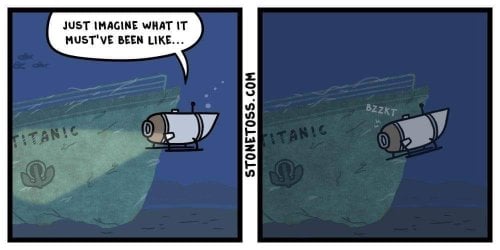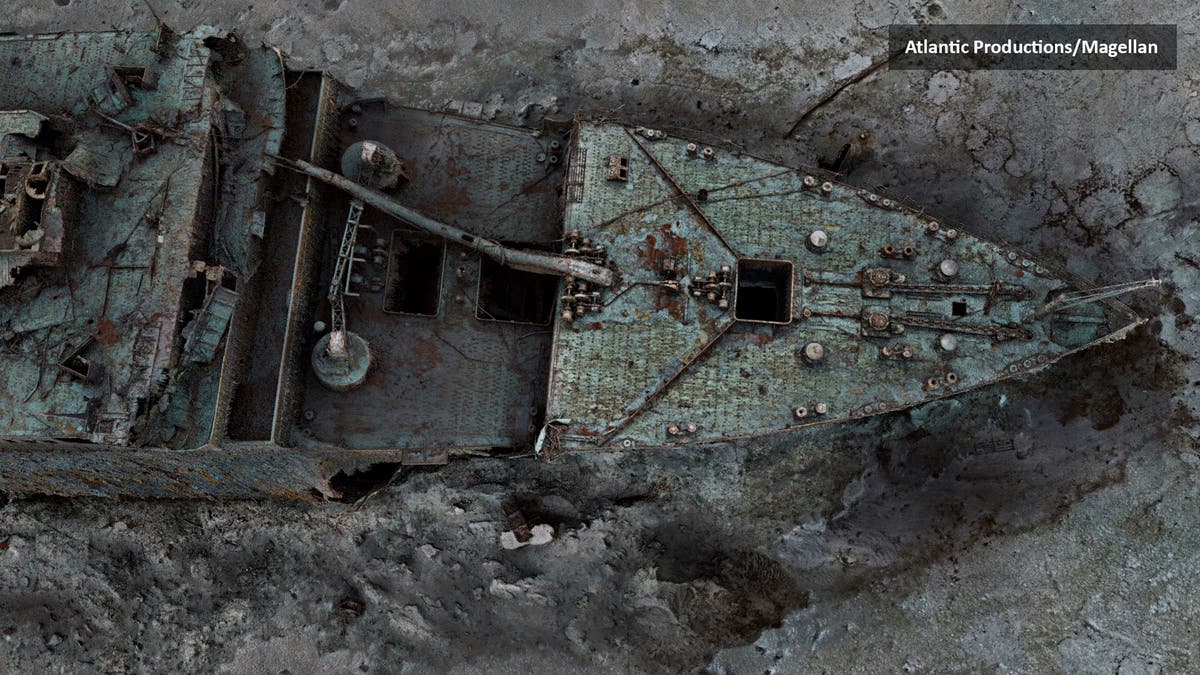Matted Joybeard
Gold Member
- Dec 2, 2014
- 844
- 274
I am not trying to correct your or take away from your comment, and now that I think about I am comparing to different systems, never mind...
but, what I was going to say is that the Virginia Class Navy Submarines use a Xbox controller, but that is just for the camera that replaces the periscope.
Yep, controls the periscope, not the propulsion systems of the sub.
I get it, even tho the Logitech controller is probably not at the heart of the catastrophe, but it still seems to be another example of evidence of how poorly this craft was thought out. You have a wireless blue tooth controller in charge of the critical maneuvering of the vessel. Is that thing rugged enough to survive a fall? What if it gets wet? What if drops and lands at a weird angle or gets lodged in something with one of the toggles activated? What if the sync breaks? Do you have back up batteries? A back up control? What if the sub rolls uncommanded because of a current? There's no seats in this thing, nothing to hold onto so that controller could bounce around and introduce all sorts of chaos. Maybe all of this totally works and isn't a problem I have no idea.
Here's a massive thread contrasting James Cameron's submersible he took to the Challenger Deep versus the Titan, covering the hundreds of systems, safety redundancies, custom materials, the testing, etc. It might of seemed like overkill to someone like Oceangate CEO, but this quote stood out to me in terms of how Cameron's engineering team approached the design and considerations versus the Oceangate guy who is now human slurry being nibbled up by deep sea crabs.
Once you see how the Deepsea Challenger's engineers were working on "when X fails..." instead of "*IF* X fails..." you start to recognise how every single mechanism had backups for days.
Last edited:





